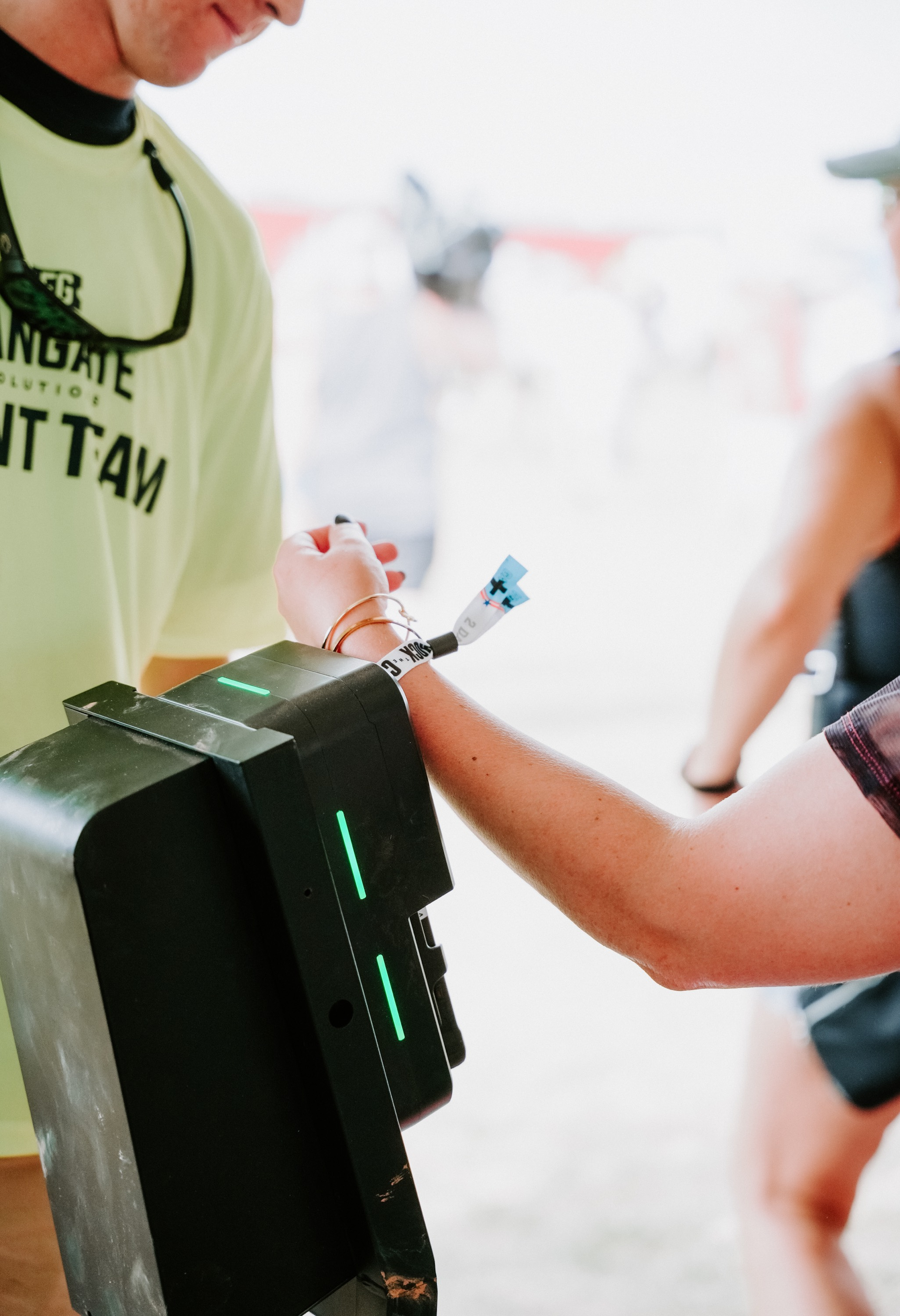How to Set Up Tickets for an Event: Step-by-Step Guide
How to Set Up Tickets for an Event: Step-by-Step Guide

Getting tickets live shouldn’t take all day—or require three different tools. Use this step-by-step checklist to launch faster, sell more, and keep event-day operations smooth.
1) Build the Event Shell
Add the essentials: event name, venue, doors/showtime, timezone, age restrictions, and accessibility notes. Upload a wide hero image and a square thumbnail so your listing looks great on mobile and in social shares. Write a short, benefits-focused description—think “free parking,” “family friendly,” “all ages”—to reduce pre-sale questions.
2) Configure Ticket Types
Start with a simple structure (GA + VIP), then layer in child/senior pricing, weekend passes, parking, or merch pre-orders. Add per-order limits to prevent hoarding and set clear refund/exchange rules in the description. If you plan to introduce bundles or tiered experiences later, standardize names and descriptions now so upgrades are obvious.
3) Create Your Seating (If Seated)
Ask your provider to build a custom house map with color-coded price zones, ADA holds, and sponsor blocks. Your team should be able to move patrons, release holds, and save map variations without opening a support ticket.
4) Set Prices and Promotions
Turn pricing into strategy—not a scramble. Use passcodes for presales, coupon/BOGO deals for targeted pushes, price-by-quantity (e.g., 4-pack savings), and automatic price deadlines that shift from early-bird → standard → last-call without manual edits. These tools are available in Technology and help you create urgency without surprise fees.
5) Prepare Checkout & Fees
Mobile first, always. Enable wallet pay (Apple/Google Pay), keep forms short, and decide whether to absorb, split, or pass fees. Be transparent—show fee totals early to reduce cart abandonment. Add an optional donation prompt at checkout if you’re a nonprofit or community venue.
6) QA the Buyer Journey
Open the listing on a phone and complete a test order. Confirm the seat-map flow, the confirmation email, and how tickets render for mobile and print. Double-check that barcodes/QR codes are clear and that the refund and door-time info appear on the ticket PDF or mobile pass.
7) Launch Marketing That Matches Demand
Announce the on-sale with segmented email by genre and location, run a short retargeting window for engaged visitors, and use presale codes for members, sponsors, or fan clubs. When you need extra reach (geo-targeted ads or featured placements synced to your inventory), tap Marketing Services.
8) Day-Of Operations
Use fast QR scanning with offline support where Wi-Fi is weak; add RFID for VIP lanes if needed. Pull real-time dashboards to reassign staff at busy gates and watch redemption by ticket type. For a full rundown of event-day features, see What Features Actually Matter in a Ticketing Platform?.
Need a hand?
If you’re setting this up for the first time—or migrating from hard tickets—grab 15 minutes with a specialist:
Schedule a consult.










